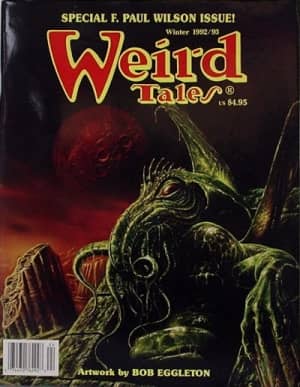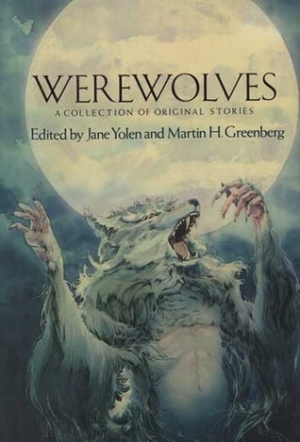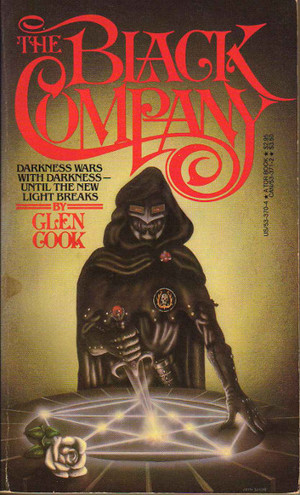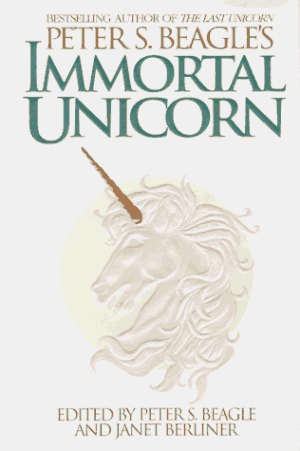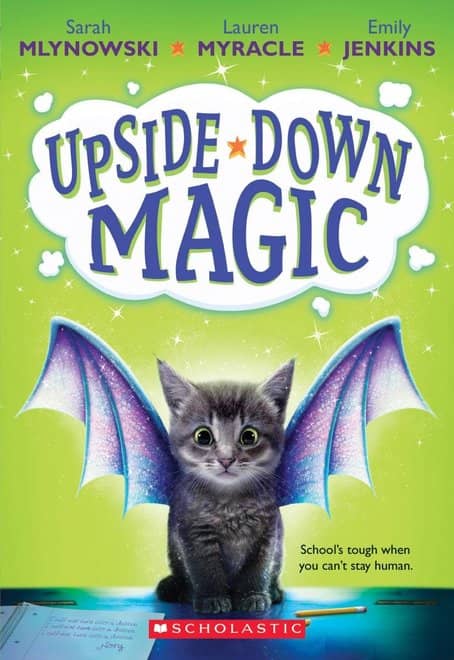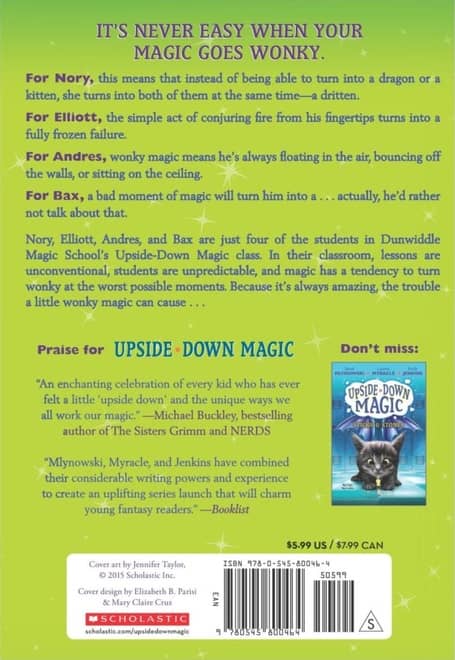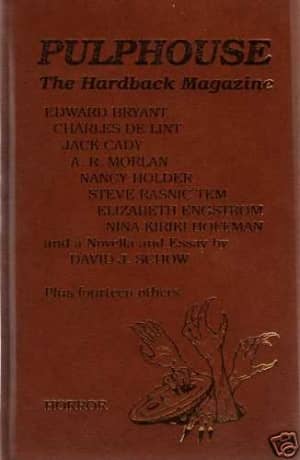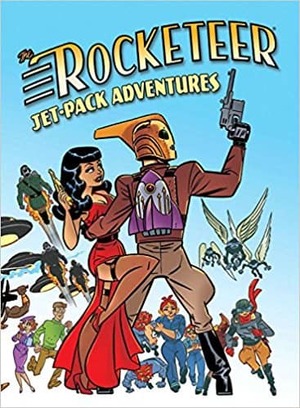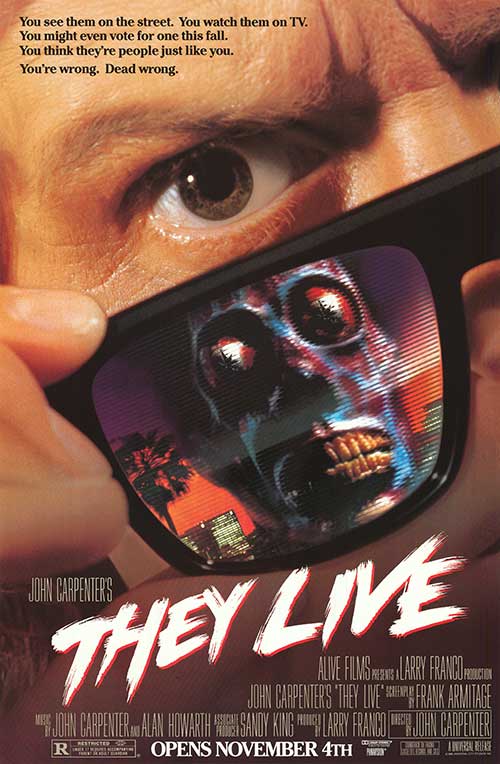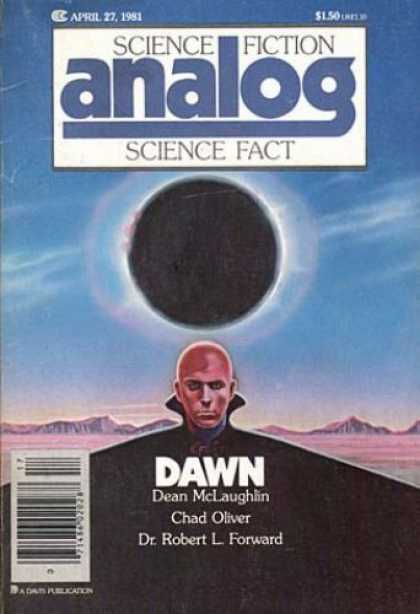Birthday Reviews: Jonathan Maberry’s “Red Dreams”
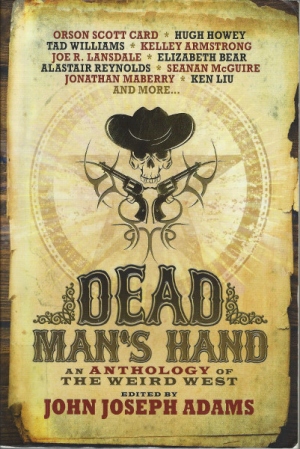
Jonathan Maberry was born on May 18, 1958.
Maberry won the 2007 Bram Stoker Award for Best First Novel for Ghost Road Blues, which was also nominated for Best Novel. The next year he won the Bram Stoker Award for Best Nonfiction with David F. Kramer for their book The Cryptopedia: A Dictionary of the Weird, Strange & Downright Bizarre. In 2012, he won the Bram Stoker for Best Young Adult Novel for Dust & Decay, and again the following year for Flesh & Bone. In 2015, he shared a Bram Stoker Award for Best Graphic Novel with Tyler Crook for Bad Blood.
“Red Dreams” original appeared in Dead Man’s Hand: An Anthology of the Weird West, edited by John Joseph Adams in 2014. In 2017, Maberry included it in his collection Wind Through the Fence and Other Stories.
Set in the American West of 1876, the story follows Jonah McCall, who has been leading a band of mercenaries against a Cheyenne tribe led by Walking Bear, in hopes of earning the bounty placed on the head of each member of the tribe. When the “Red Dreams” opens, McCall has wiped out the Cheyenne and won the bounty, but at the cost of all of his own men. He and his horse, Bob, are the only survivors on the empty Wyoming desert where they watch a meteorite fall through the atmosphere.
Alone on the desert, McCall begins to reflect on his history with the Cheyenne, dating back to an enormous raid that massacred women, children, and the elderly, to the recent destruction of Walking Bear’s war party. Although McCall only sees himself doing his job and what is right for the local white settlers, his thoughts show him as an antihero. Maberry doesn’t indicate that Walking Bear was any less damaged than McCall, but Walking Bear’s thoughts and deeds aren’t being presented in the story, at least not by a reliable narrator. What is clear is that McCall has no personal animosity towards Walking Bear, but rather does hold him in a grudging respect.
